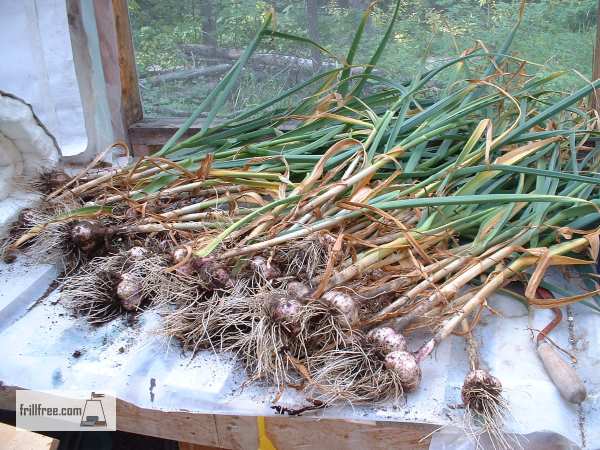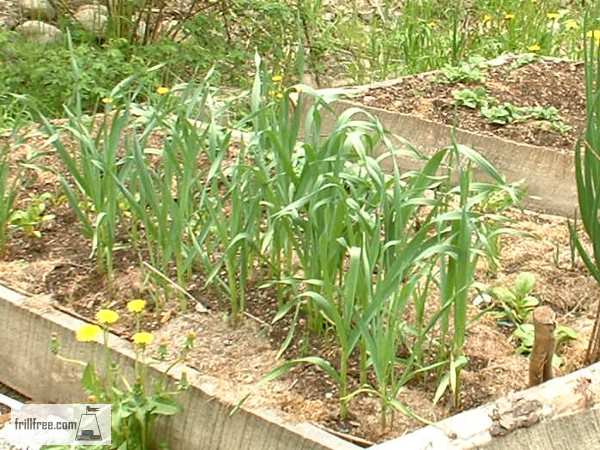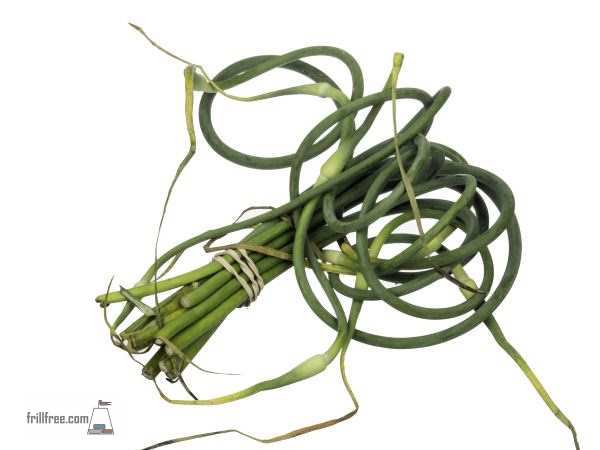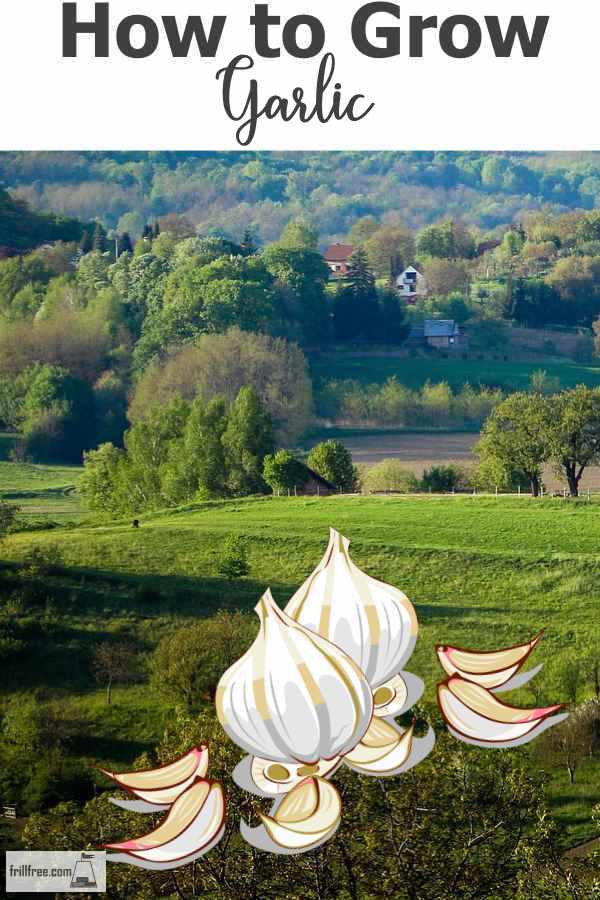- Homesteading
- Growing Vegetables
- How to Grow Garlic
How to Grow Garlic
The Many Benefits of the Stinking Rose
Garlic is one of the oldest flavoring herbs, medicinal plants and pesticides known to man.
There are a few tricks to growing it successfully, but as it's got such powerful repellent properties and also contains an especially effective antibacterial agent right in its cells, it's already got several advantages.
All you need to do is pay attention to the soil type, pH and the amount of nutrients it needs, and it's off and growing.
For centuries it has been used to cover up the smell and taste of meat that’s gone past its best before date, as an aphrodisiac and pest repellent, both as a companion plant and to make into sprays to deter pest attacks.
Garlic is one of the finest multi purpose tools for an organic sustainable garden.
Many hard neck garlic varieties are planted in the fall before the ground freezes when they can root unseen under the warm surface of the soil, to emerge early in the following spring.
This gives them a head start and a long growing season, even in those places with late frost dates in the spring and early ones in the fall.
Raised bed gardening is perfect for growing garlic, as there is less chance of flooding in the early spring, sure death for a bulb forming plant.
 Curing garlic is an important step
Curing garlic is an important stepSome soft neck varieties are available from growers and seed companies for planting in fall, or in the spring. These are my favorite for making into garlic braids.
Avoid the grocery store garlic, as sometimes this is grown with large amounts of pesticides, or even sprayed with an anti-sprouting chemical, so they won’t grow anyway.
I plant them at close spacing due to the small amount of garden I can allot to garlic.
 Garlic grown in organic soil, with some wood ashes or dolomite lime, and ripened in the ground; it's important to dry well, then braid or hang in a bag in the kitchen - don't put them anywhere cold or damp, as it will start them sprouting before the springtime.
Garlic grown in organic soil, with some wood ashes or dolomite lime, and ripened in the ground; it's important to dry well, then braid or hang in a bag in the kitchen - don't put them anywhere cold or damp, as it will start them sprouting before the springtime.Usually, about 10cm (4") between cloves will give each bulb enough room to grow to a good size. For elephant garlic allow a little more room. This spacing is dependent on your soil type, as well as how nutrient rich it is.
Preparing the ground is important as garlic needs lots of nutrients to give it that delicious flavor. It prefers a loose open sandy soil with plenty of added compost or leaf mold.
With the wood ashes added in before planting, and also a good
helping of glacial rock dust this is all the nutrients they need. Like
all bulbs, they store their own nutrients. If your area is sandy and
acid, such as that
where pine trees like to grow, then add some dolomite lime too.
 Garlic Scapes - a delicious springtime crop
Garlic Scapes - a delicious springtime cropGarlic doesn’t mind a fairly shallow soil, so those places that aren’t suitable for plants with a liking for deep soils will be perfect.
Lots of water is required while the garlic is forming roots in the fall and also while in fast growing mode in the spring and early summer. While the garlic bulbs are forming, not so much irrigation is needed, although you will probably have already mulched with garlic’s favorite, alfalfa green feed or hay.
In
the early summer, flower heads will form. These are called 'scapes'
and are a nutritious and delicious springtime crop. Cut them and braise
them lightly to release that incredible flavor.
Grow alfalfa as a green manure cover crop in a mulch bed and cut before it blooms; this will add most of the needed nutrition, along with a few applications of compost tea.
When the scapes emerge – those long
fantastically shaped curling and twisting flower heads – you can cut them off
and use them for a special flavor in cooking.
Some people pickle them to use in Caesars or as a garnish for other
foods.















